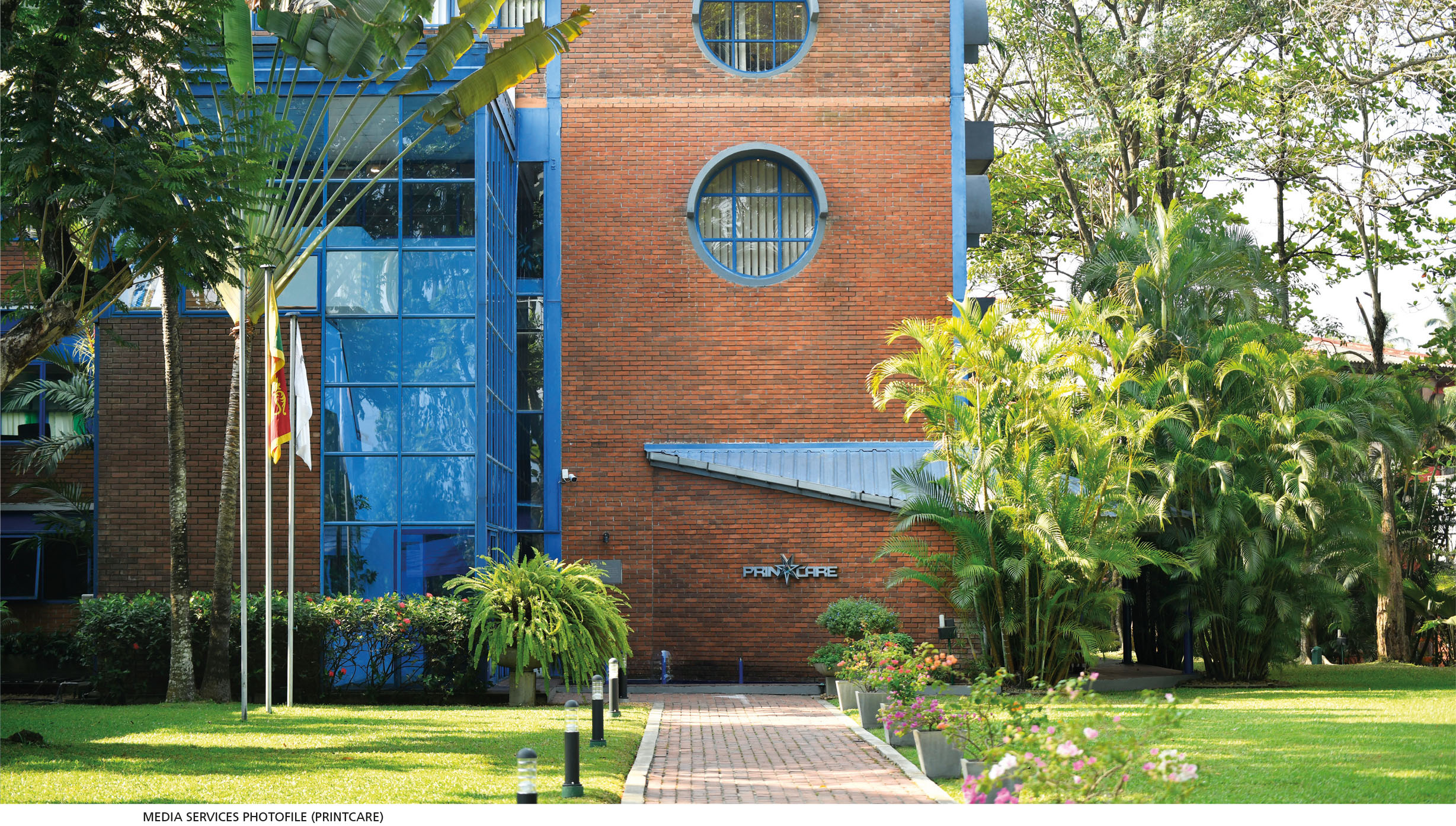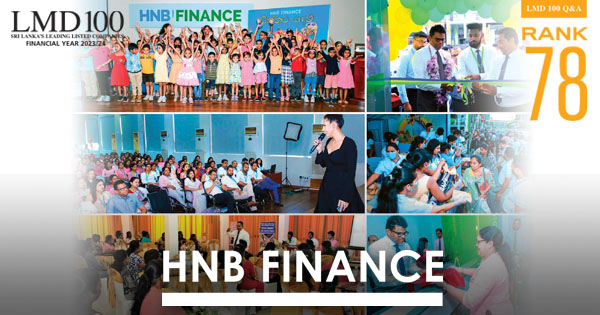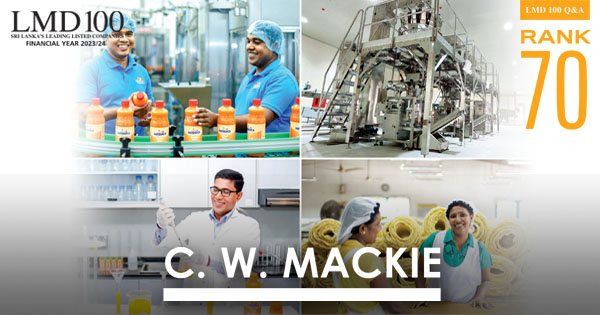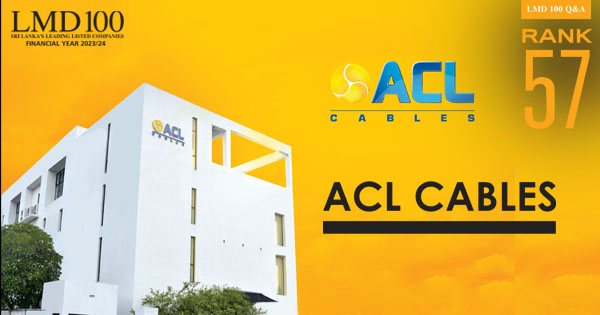LMD 100 Q&A
Q: What trends do you see in your sector?
A: The foremost trend in packaging over the last decade is the demand for sustainable packaging solutions. Consumers are increasingly looking for environmentally-friendly packaging solutions, which has led to the development of recyclable, biodegradable and compostable packaging materials.
Consumers are more educated now and do not want to contribute to the sustainability issues our planet is facing. In turn, this is driving retailers and brand owners to fall in line, and that needs the support of packaging businesses like us. This is a key growth opportunity for packaging businesses.
Businesses that embrace this change will position themselves for continued growth in tomorrow’s economy, reap the benefits and find themselves in positions of leadership.
Packaging is currently going through a technological mini-revolution. Several new technologies are in the process of being integrated into packaging such as variable QR codes, NFC or RFID tags, security or forensic features and condition monitoring sensors.
Such intelligence enhancing features improve the effectiveness of packaging to protect and transport their content. These technologies also enable brands and consumers to access information such as its source or ingredients, or sustainability credentials; track and trace the authenticity of the products; and enhance overall user experiences.
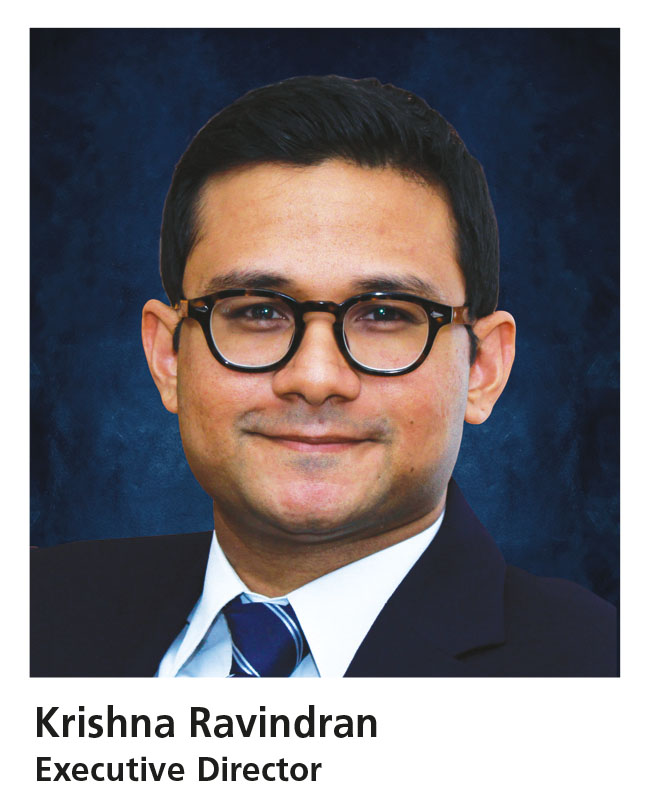
Q: What have you done as a business to take advantage of such emerging trends?
A: Sustainability and integration of technology is something we have been at the forefront of for over a decade, even before it was highlighted as a necessity. We were very early in measuring our environmental and social impact, and finding ways to mitigate the same. It is still one of the key value propositions we have, compared to many of our competitors.
More recently, we set up a focussed cross functional product development unit in-house that works on sustainable packaging design and the integration of more technology into our packaging solutions.
The team has been instrumental in identifying recyclable and compostable materials for many of our existing products.
We have now supplemented that team with state-of-the-art digital printing and finishing technology that helps customers prototype packaging with minimal waste and allows multiple iterations so that they can go to market with new designs as soon as possible.
Incorporating AI into design and packaging operations adds value for customers in terms of faster prototyping, product development and ‘go to market’ times, enabling quicker product refreshes for brands.
Artificial intelligence can help us achieve all this whilst reducing costs. We hope to roll out a proprietary solution sometime next year.

Q: What are the company’s medium-term priorities?
A: Whenever there is a large dislocation globally – as we’ve had during and post-COVID – there are always winners who emerge along with losers. We have been spending a lot of time identifying what segments and markets will emerge as winners.
We believe there is a large opportunity around us in the Indian Ocean region, an area that stretches from East Africa in the west down to Western Australia in the east. In-between are the vibrant Indian, Middle Eastern and Southeast Asian markets. Sri Lanka sits right in the middle of this highly populous, upwardly mobile region.
Our priorities will be able to pivot to these markets aggressively so that we can capitalise on tailwinds. We have already identified a range of opportunities and started executing these.
We have also been tackling the recent exodus of talent from the country by building partnerships with key stakeholders in our business, and driving local skills and cluster development, which include improving available skills in the workforce, developing a local supply base as much as possible and supporting stakeholder institutions in the region.
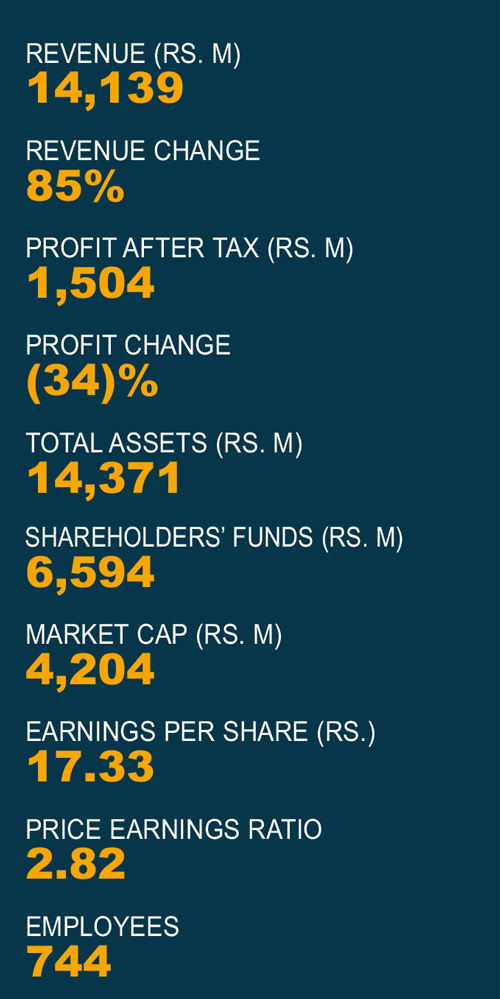
Q: Could you outline your company’s expansion plans?
A: In the next few months, we will be commissioning a new sustainable fibre-based packaging plant in Sri Lanka, which will provide a viable alternative to plastic and metal-based tins and cans.
Apart from catering to our growing European market, many of our Sri Lanka-based exporters have also been looking for a solution like this. This plant will fully integrate with our existing printing plants to ensure we are compliant with the necessary global environmental standards.
We are in the process of establishing a green field packaging plant in East Africa in early 2024. And we feel there is a sizeable opportunity existent in that region – and that it is underserved.
Our overarching goals for this plant are to uplift the products of Africa with high quality packaging, create a positive economic and environmental impact, and be able to serve as an example of sustainable business practices.
By doing so, not only are we committing to business excellence but also improving the lives and livelihoods of the people in that region as we have done here.
East Africa has a strong agricultural base that is trying to add value to its produce, and it also has a large, young and aspirational population. Both of these will drive demand for reliable high quality packaging – something we specialise in!
Additionally, we are increasing capacity in our Indian operations. India will remain one of the world’s fastest growing major economies over the next decade on the back of strong domestic demand and state investment.
Q: What is your assessment of Sri Lanka’s economic path, given multiple crises the nation has faced in recent times?
A: Sri Lanka is a small country but we are blessed with a fantastic geographic location. Our successful economic future lies in integrating ourselves into global and regional value chains. The bane of Sri Lanka has been its poor political leadership.
The composition of Sri Lanka’s basket of exported goods has remained largely unchanged for around 30 years. Most other countries in the region and other developing countries globally generally diversify first into garments; then higher value added industrial sectors; and finally, high-tech or financial products and services.
For us to follow this path, we need to attract more foreign direct investment (FDI) into Sri Lanka – especially in new industries – without offering tax holidays that can hurt our future fiscal position. What this means is that we need a stable or consistent export-oriented policy agenda.
Sadly, that is far from what we have at the moment.
Telephone: 4829292 | Email: printcare@printcare.lk | Website: www.printcare.lk

